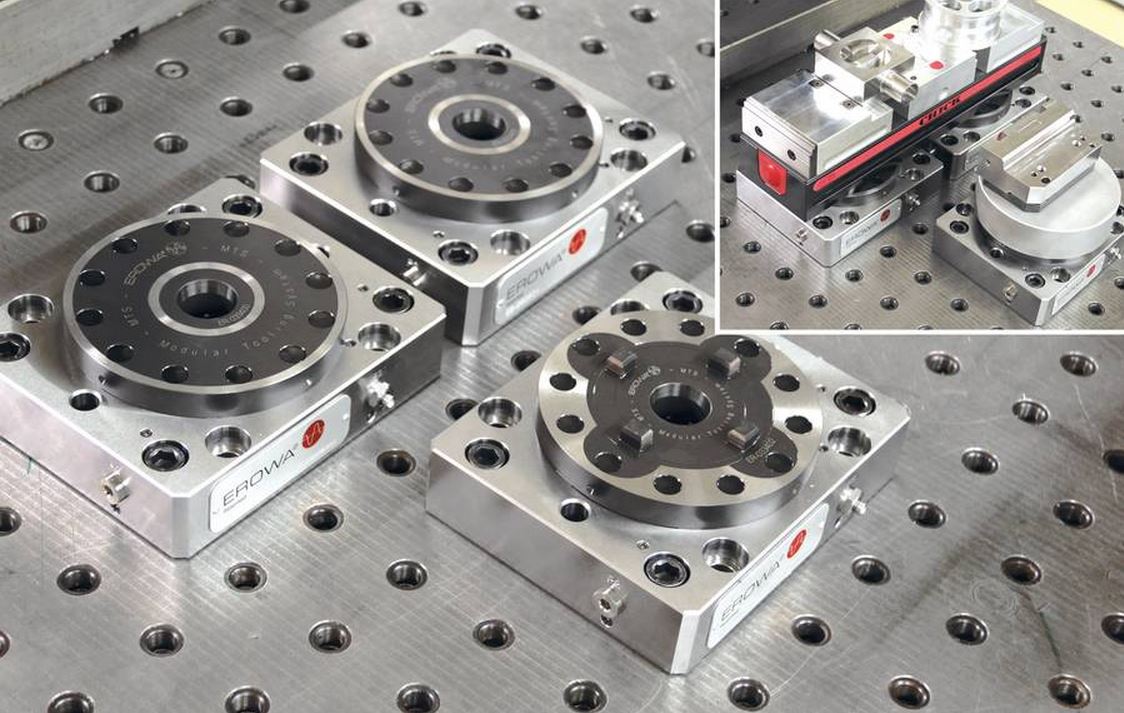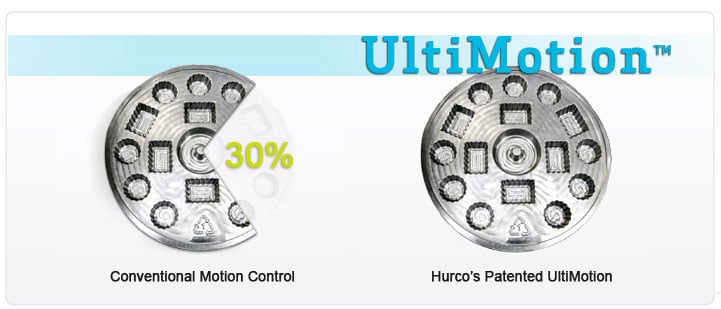Mastering Toolpath Strategies: A CNC Machinist's Guide to Efficiency
In the world of CNC machining, achieving optimal efficiency is paramount for meeting tight production deadlines and maintaining that competitive edge. One of the key factors influencing machining efficiency is the selection and optimization of toolpath strategies when programming with a CAM system. In this blog, we discuss the various toolpath strategies and provide detailed insights to empower machinists with the knowledge needed to maximize productivity and quality in their machining operations.
Understanding Toolpath Strategies
A toolpath is the roadmap the cutting tool will follow while machining. It dictates how the tool moves through the material, affecting factors such as machining time, tool life, and surface finish. There are several common toolpath strategies used in CNC machining, each with its own set of benefits and considerations.
Advantages and Applications
- Zig-Zag Toolpath: ideal for pocketing and profiling operations, zig-zag toolpaths minimize tool retractions and optimize cutting efficiency.
- Radial Toolpath: suited for machining cylindrical or contoured surfaces, radial toolpaths ensure consistent tool engagement and smooth material removal.
- Contour Toolpath: used for machining complex geometries, contour toolpaths follow the outline of the part with precise control over tool engagement and direction changes.
- Spiral Toolpath: effective for high-speed machining of deep cavities, spiral toolpaths minimize tool wear and reduce machining time by maintaining a consistent cutting load.
- Parallel Toolpath: employed for machining flat surfaces, parallel toolpaths optimize toolpath spacing to minimize toolpath overlap and maximize machining efficiency.
Contour Toolpath
Among the many toolpath strategies utilized in CNC machining, the contour toolpath stands out as a versatile and widely favored option. With its ability to precisely follow the outline of a part while maintaining optimal tool engagement and direction changes, the contour toolpath has become a real favorite for machining complex geometries. Its versatility allows it to be applied to a diverse range of part shapes and sizes, making it suitable for a variety of machining operations.
Programmers are drawn to the contour toolpath for its ability to achieve tight tolerances and high-quality surface finishes thanks to its precise control over tool engagement. Furthermore, the efficiency of the contour toolpath optimizes material removal and reduces machining time, contributing to overall productivity. Compatible with both 2D and 3D CAD/CAM software, the contour toolpath offers accessibility to programmers of different skill levels and industries, solidifying its position as the popular choice.
Optimization Techniques
- Adaptive Clearing: utilizing dynamic toolpath algorithms, adaptive clearing optimizes tool engagement and chip load to maintain constant cutting forces and minimize tool wear.
- Trochoidal Milling: by employing circular toolpaths with small radial stepovers, trochoidal milling reduces cutting forces and vibrations, resulting in improved surface finish and tool life.
- Rest Machining: incorporating rest machining toolpaths enables efficient material removal by targeting areas that were not machined in previous operations, reducing machining time and tool wear.
- Toolpath Smoothing: applying toolpath smoothing algorithms reduces abrupt changes in cutting direction and minimizes toolpath deviations, resulting in improved surface finish and dimensional accuracy.
Adaptive Clearing
Of the various optimization techniques, adaptive clearing emerges as one of the most popular and effective strategies for maximizing efficiency and tool life. Adaptive clearing utilizes dynamic toolpath algorithms to optimize tool engagement and chip load, ensuring consistent cutting forces throughout the machining process. By dynamically adjusting cutting parameters based on the geometry of the part and material properties, adaptive clearing minimizes tool wear and reduces the risk of tool breakage.
Programmers appreciate adaptive clearing for its ability to maintain high material removal rates while prolonging tool life, resulting in cost savings and improved productivity. Additionally, adaptive clearing is well suited for machining complex geometries and hard-to-machine materials, making it a versatile solution for a wide range of machining applications. With its proven track record of enhancing machining efficiency and quality, adaptive clearing has become a cornerstone technique in modern CNC machining.
Conclusion
Mastering toolpath strategies is essential for machinists seeking to optimize efficiency and quality. By understanding the advantages, applications, and optimization techniques associated with various toolpath strategies, machinists can leverage advanced machining techniques to stay ahead of the competition and achieve superior results.
You'll find more helpful resources, such as training videos and webinars, at Hurco Connect.
Don't forget to subscribe to the CNC Machining Blog! You'll receive an email notification whenever a new post is published.



